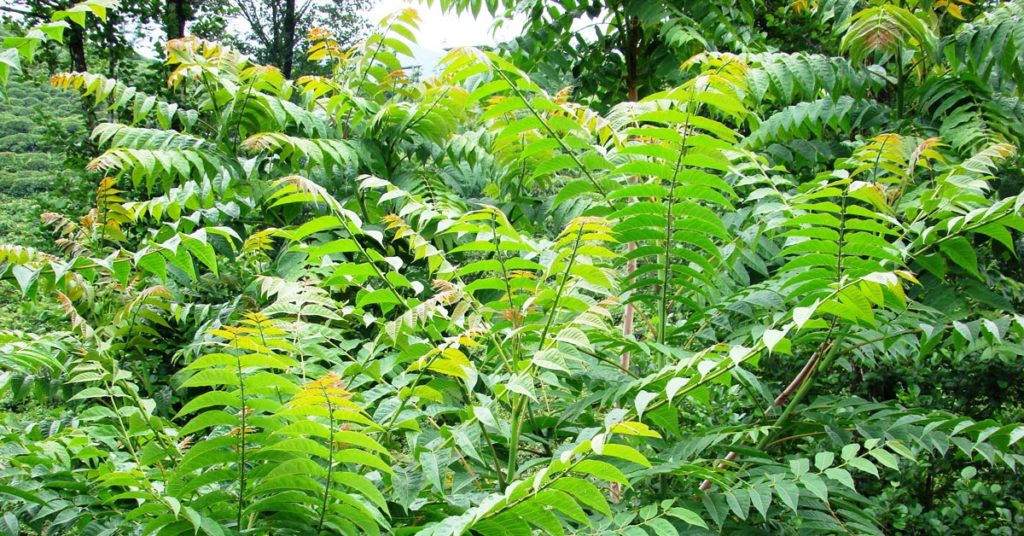Invasive species don’t care about property lines, especially yours. Learn about how invasive species can take over your yard and how to spot a potential invader.

What is an invasive species?
Invasive species are a subcategory within non-native species. Non-native species do not naturally occur in an area and are introduced to the environment from human activity. What causes a non-native species to gain the title of an invasive species is that they take advantage of having no natural enemies in their ecosystem, which allows them to spread and consume resources at an uncontrolled pace. Their presence in this habitat can cause chaos within the system, harming or killing native species, which are supposed to be there.
Invasive plant species are a growing problem in the Piedmont region. They can be found along roadsides, in local parks and even in your own backyard. These plants can be vines, trees, flowers, and grasses, all of which have unique characteristics that help thrive in non-native habitats. Without the proper checks and balances of natural predators and climatic conditions, invasive species quickly become dominant.
The ways in which invasive plants assert their dominance over native plants is what makes them so problematic. This can include starving other plants, adding stress to native species’ habitat, producing toxins, and smothering. If you notice other plants in your garden are struggling to survive, they may be in competition with invasives.
Identifying invasive plants
While there isn’t a universal characteristic or attribute common to all invasive plant species, there are some telltale signs you can look for to help regulate biodiversity in your own backyard. These traits can clue you into whether your yard is under invasion:
- Early greening after winter
- Longer growing season
- Fast spreading
- Growing in peculiar or less common places
While identifying invasive species can be difficult to the untrained eye, there are plenty of resources available to improve your plant identification skills. Once you get to know a handful of species, it becomes easier to recognize other invasives you encounter.
Common invasive species in the Piedmont
Click through to familiarize yourself with some common invasives species.
Resources:
There are several apps, such as iNaturalist, that can identify plants through your phone camera.
The Virginia Department of Conservation and Recreation (VDCR) has several resources for further research including a list of invasive species in Virginia, easily accessible on their website.
The Blue Ridge PRISM website also contains information regarding invasive species identification and workshops to help improve individual knowledge about the topic.
The Piedmont Environmental Council also has some articles and resources about invasive plants.
The National Wildlife Foundation has more information about what defines an invasive species and the threats to the environment they generate.
